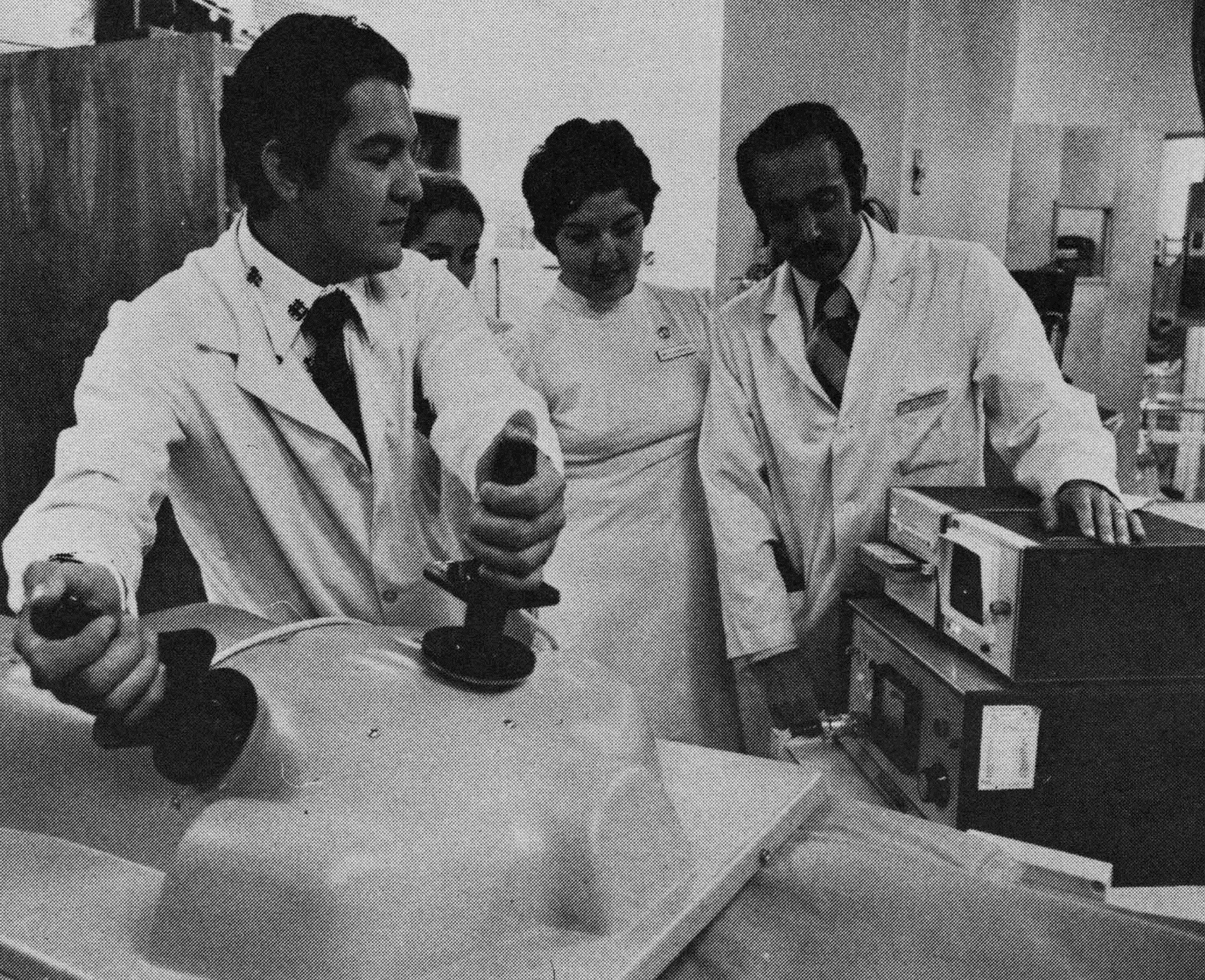What is cognitive behavioral therapy?
If you’ve ever read any “self-help” books or mental health writings, you’ve probably seen the term cognitive behavioral therapy (CBT) at some point. But are you familiar with how it came to be and how it works?
“Historically, therapy was focused on an examination of childhood influences on how people perceive and interact with the world,” said Dr. Eric Storch, a psychologist with Baylor College of Medicine. “However, about 40 to 50 years ago, there was an introduction of behavioral and cognitive principles into psychotherapy that could be used to help people with a variety of emotional issues.”
CBT is one of those approaches. It is an intervention that focuses on the interplay between the way a person interprets events and how these interpretations impact both feelings and subsequent behavior.
Storch says CBT has shown considerable effectiveness in both adults and children for dealing with many concerns, including depression, anxiety, post-traumatic stress disorder, obsessive-compulsive disorder (OCD), as well as helping people cope with illness or insomnia.

Types of CBT
For different types of problems, the CBT approach will shift to consider individual needs and concerns.
For example, Storch says depression tends to cause people to view the world through a distorted filter in which events are perceived in more negative terms. When people are anxious, concerns are often overestimated and consequences inflated. In the face of these interpretations, many try to cope in ways that could escalate the issue.
“Those with depression often avoid emotionally difficult situations. But the more they avoid these situations, the more problematic it becomes. Behavioral activation, a type of CBT, aims to help those with depression become less avoidant, engage more effectively and learn how to reinterpret negative thoughts to be more realistic.”
With OCD or anxiety, Storch says CBT involves facing fears in a gradual and systematic way without engaging in safety-seeking behaviors such as avoidance or compulsions.
“When someone has OCD or anxiety, we know that exposure therapy works extremely well,” he said. “We want people who are afraid of things to confront their fears. The more they confront something that makes them nervous, the less distressing it becomes. The person also learns that the feared outcome usually doesn’t take place, and if it does, they can cope with it.”
Medication vs. CBT
The National Institutes of Health estimates that 7.9 million people in the United States have both a substance use disorder and another mental illness. How can CBT help with these cases?
“It’s rare that someone has substance abuse alone without another behavioral health problem like depression, anxiety or traumatic history. A lot of times, the substance is a way to attempt to cope with the symptoms. With CBT, we want to address what prompted them to engage in substance abuse in the first place.”
Storch says that while CBT has been shown in some cases to be as effective as medications, in other instances medication may be necessary before starting therapy.
“There are a number of types of therapy that are useful. We want to make sure that people are able to get the treatment that is most helpful for them as soon as possible so they can move on and live the life that they wish.”
Dr. Storch is a professor in the Menninger Department of Psychiatry and Behavioral Sciences at Baylor. Learn more about the Baylor Psychiatry Clinic or call 713-798-4857.
Additional Resources
What are signs that you may need to seek therapy?
-By Nicole Blanton




Pingback: Know the signs of PTSD
Pingback: 20 Unexpected Ways To Relieve Pain – Disability Hotline